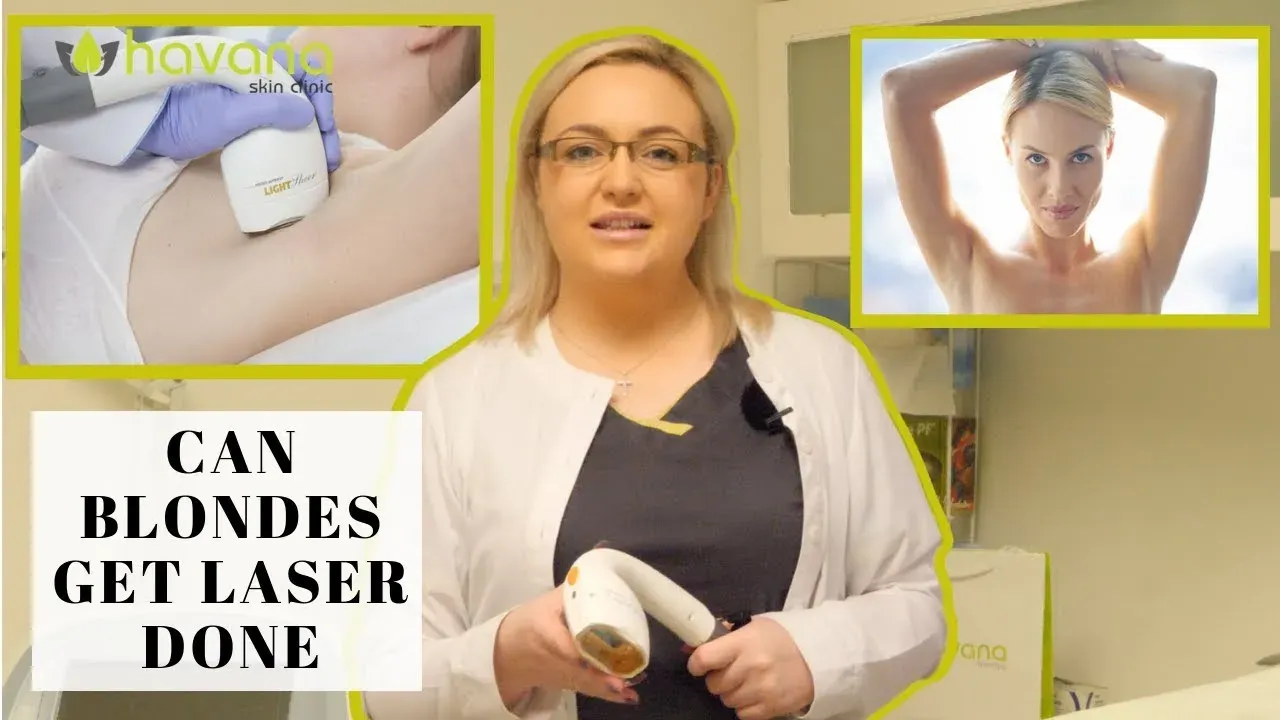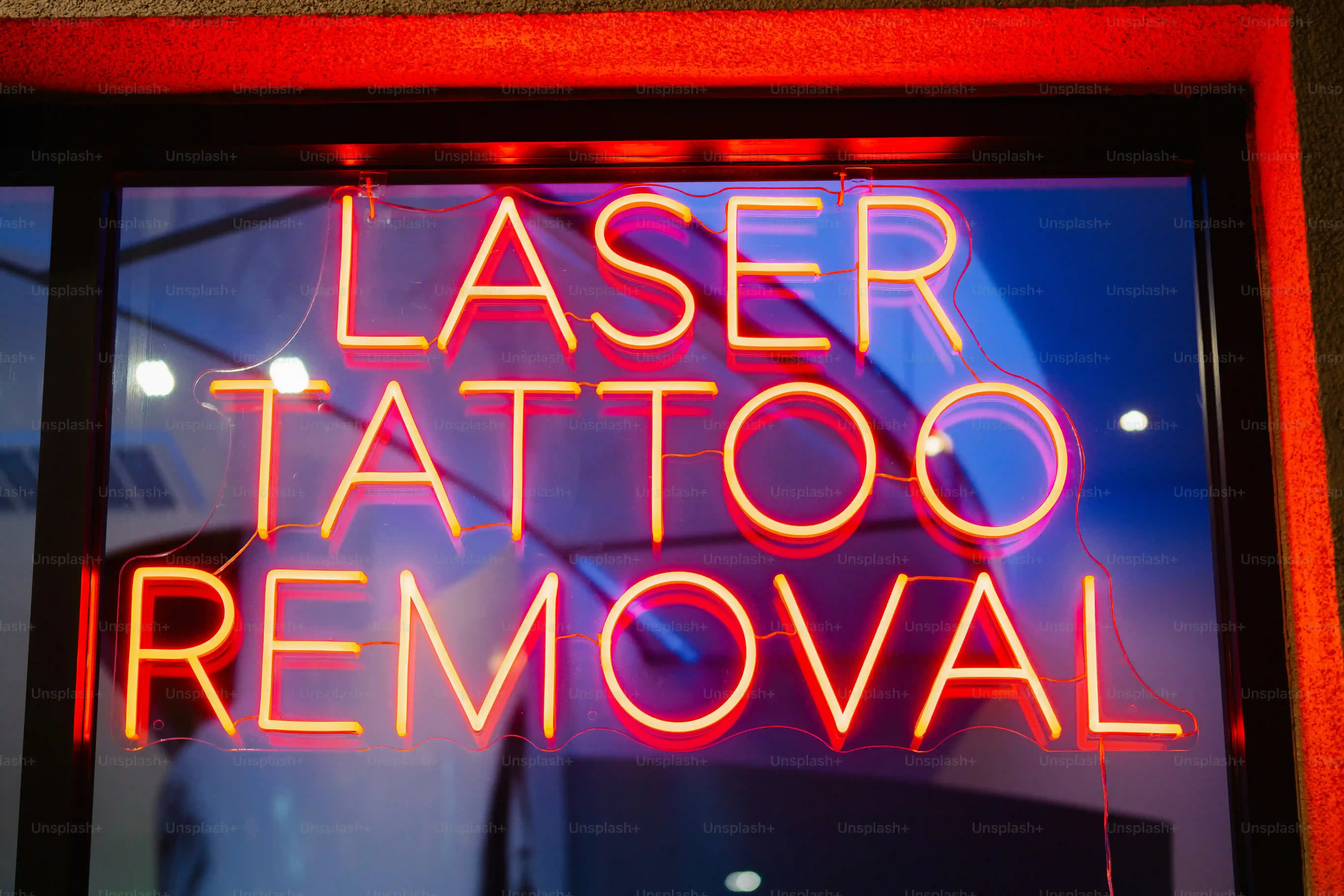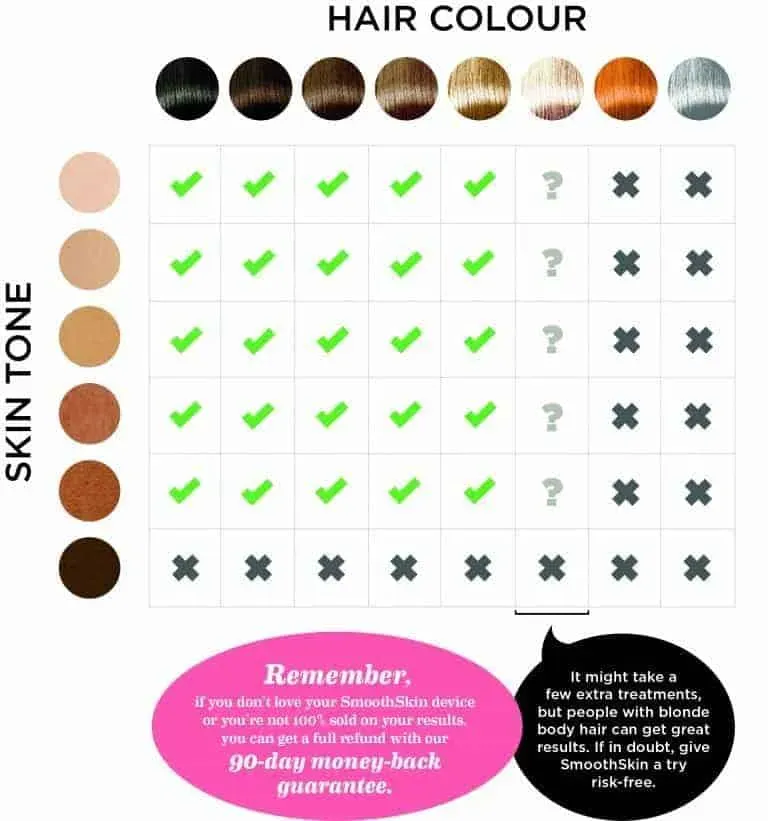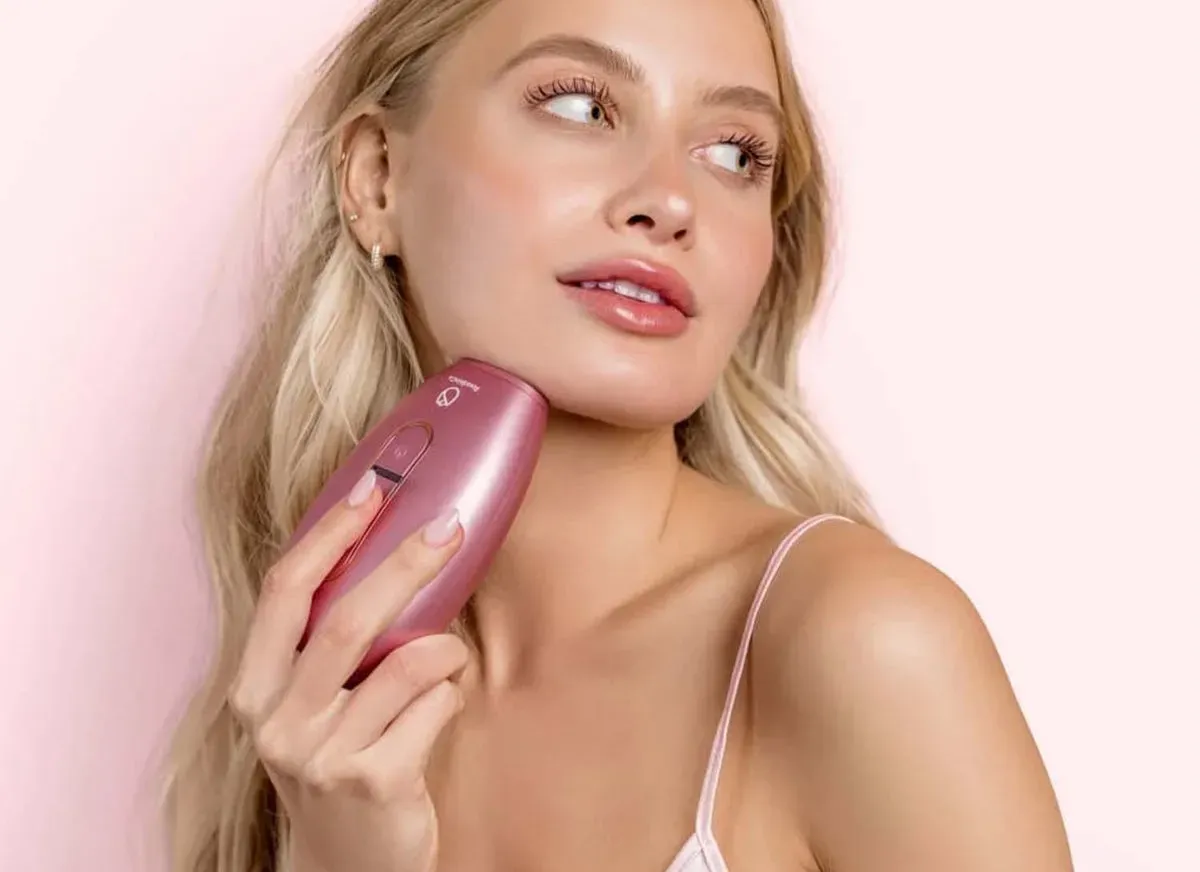Table of Contents
Let's be real: if you've got blonde hair and you've looked into laser hair removal, you've probably been told it's a non-starter. Most clinics and home devices rely on zapping the melanin pigment in hair. Dark hair has plenty; blonde, red, grey, and white hair? Not so much. It feels a bit like showing up to a party you weren't invited to.
Why Laser Hair Removal Is Tricky for Blonde Hair

Why Laser Hair Removal Is Tricky for Blonde Hair
The Melanin Problem
Think of traditional laser hair removal like a heat-seeking missile, but for color. Most standard laser devices, the kind you see in clinics and older home models, work by targeting the pigment called melanin. Melanin is what gives your hair and skin their color. The laser emits a light pulse, and the melanin in the hair follicle absorbs that light energy. This absorption converts the light to heat, which damages the follicle enough to stop or significantly slow future hair growth.
It's a pretty neat trick when it works. The darker the hair, the more melanin it contains, and the more efficiently it absorbs the laser's energy. This is why people with dark hair and light skin typically see the best and fastest results with conventional laser treatments. The contrast is high, making the target clear.
Why Light Hair is a Challenge
Now, here's where blonde hair, along with red, grey, and white hair, runs into trouble. These hair colors have very little melanin, or in the case of white hair, none at all. When a standard laser pulse hits light-colored hair, there isn't enough pigment to absorb the energy effectively. The light tends to pass right through the hair follicle without generating enough heat to damage it.
It's like trying to use a magnifying glass to start a fire on a cloudy day. Without enough sunlight (melanin), you just don't get the heat needed for ignition. This lack of effective energy absorption is the primary reason many people with fair hair have been told laser hair removal simply won't work for them. It's not that the laser is broken; it's that the target isn't visible enough for the technology being used.
So, what hair colors typically struggle with traditional laser?
- Blonde
- Red
- Grey
- White
Beyond Melanin: The Tech Behind the Best Laser for Blonde Hair Removal

Beyond Melanin: The Tech Behind the Best Laser for Blonde Hair Removal
So, if traditional lasers are out for blonde hair, what's left? This is where things get interesting, and frankly, a bit more advanced. The technology that actually stands a chance against fair hair, like blonde or grey, often goes "Beyond Melanin." It's a clever approach that doesn't just rely on hitting that dark pigment jackpot. Instead, it uses a combination punch. One such technology is Elōs, which pairs Intense Pulsed Light (IPL) – a broad spectrum light, similar in principle to laser but different – with Radio Frequency (RF) energy. The IPL part, even if the light hair doesn't absorb it strongly, preheats the area and guides the RF energy. The RF energy, which isn't dependent on melanin at all, then targets the preheated follicle, delivering the knockout punch needed to damage the growth center. It's less about the hair color itself and more about heating the structure where the hair grows.
Selecting the Best Laser for Blonde Hair Removal Device for You

Selecting the Best Laser for Blonde Hair Removal Device for You
Alright, so you know the melanin problem exists, and you know that some tech, like the IPL+RF combo, can actually bypass it. Now, how do you go about picking the actual device, the one that stands a fighting chance at being the **best laser for blonde hair removal** for your specific needs? It's not about grabbing the first "laser" gadget you see online with a pretty box. You need to look for devices that explicitly state they work on lighter hair colors, and that usually means they employ that combination technology we just talked about. Brands that utilize this approach are the ones to investigate further. You're essentially filtering out 90% of the market right away because most devices are built for dark hair on lighter skin, and that's just not your situation. Look for clinical claims, user reviews from people with similar hair and skin tones, and understand that results won't be instant or necessarily as dramatic as those seen with dark hair.
Getting Results: Using Your Best Laser for Blonde Hair Removal at Home

Getting Results: Using Your Best Laser for Blonde Hair Removal at Home
so you've hopefully found a device that isn't just a glorified flashlight and is actually designed to work on lighter hair, aiming to be your **best laser for blonde hair removal**. Now comes the grunt work: using the thing consistently and correctly to see any meaningful change. It's not a magic wand; you can't zap once and expect smoothness forever. The key is sticking to the treatment schedule provided by the manufacturer, which usually involves sessions every couple of weeks initially, then spreading out as you see results. You'll often need to prep the skin by shaving the area just before treatment (unless the device instructions say otherwise, but usually shaving is recommended so the energy goes into the follicle, not wasted on surface hair). Glide the device over the skin, making sure you get good contact. It might feel warm, maybe a slight pinch, but it shouldn't feel like you're being branded. If it hurts, dial down the intensity or re-read the instructions – pain isn't a badge of honor here, it's a warning sign.
What to Expect: FAQs About the Best Laser for Blonde Hair Removal

What to Expect: FAQs About the Best Laser for Blonde Hair Removal
How Long Until I See Results?
Look, this isn't a quick fix like shaving. When you're using what you hope is the **best laser for blonde hair removal**, especially an at-home device designed for lighter hair, patience is your new best friend. You won't wake up hair-free after one session. Most people start noticing a difference after 4-6 treatments. The hair might grow back slower, appear finer, or you might see patchy areas where it's just... gone. Full reduction can take anywhere from 6 to 12 months of consistent treatments, depending on the device, your hair color, and your individual response. Think of it as a marathon, not a sprint. Those instant results you see advertised? Probably for dark hair on pale skin.
Does it Hurt and What About Side Effects?
The sensation is usually described as a warm feeling, maybe a slight pinch or snap, like a rubber band hitting your skin. It shouldn't be excruciating pain. If it is, something's wrong – maybe the setting is too high or you're not using it correctly. Most modern devices, especially those designed for home use and various hair/skin types, have built-in cooling mechanisms or gentler energy delivery to minimize discomfort. As for side effects, temporary redness around the follicle is common. It looks a bit like goosebumps or a mild sunburn and usually fades within a few hours. Occasionally, you might get some mild swelling, itching, or dryness. Serious side effects like blistering or scarring are rare, but they can happen if instructions aren't followed or if the device isn't suitable for your skin type.
Common Temporary Side Effects:
- Redness
- Mild swelling
- Itching
- Dryness
Is it Permanent?
Ah, the million-dollar question. Here's the deal: "permanent hair removal" is a bit of a marketing term. What laser and IPL devices, including those trying to be the **best laser for blonde hair removal**, provide is *permanent hair reduction*. This means a significant decrease in the number of hairs and the thickness of those that do grow back. It doesn't mean zero hair forever. Hormonal changes, genetics, or even just time can cause new hair to grow. You'll likely need touch-up sessions periodically, maybe once or twice a year, to maintain your results. Think of it like weeding a garden; you get rid of most of them, but a few stubborn ones might pop up later. Finding the right device from a place like hairawaybylaser.com is just the first step; ongoing maintenance is part of the reality.
The Bottom Line on Blonde Hair Removal
Tackling blonde hair with laser technology isn't the straightforward path it is for those with dark, coarse hair. Traditional lasers, built on melanin targeting, simply don't have the energy absorption needed. However, the landscape isn't entirely barren. Technologies that combine different energy types, like Elōs, offer a credible alternative by bypassing the melanin dependency. Finding the **best laser for blonde hair removal** means looking beyond the standard IPL or diode and understanding how these combined energies actually work on lighter pigment. It requires a bit more research and potentially a different type of device or treatment, but achieving significant hair reduction on blonde hair is achievable with the right approach.
